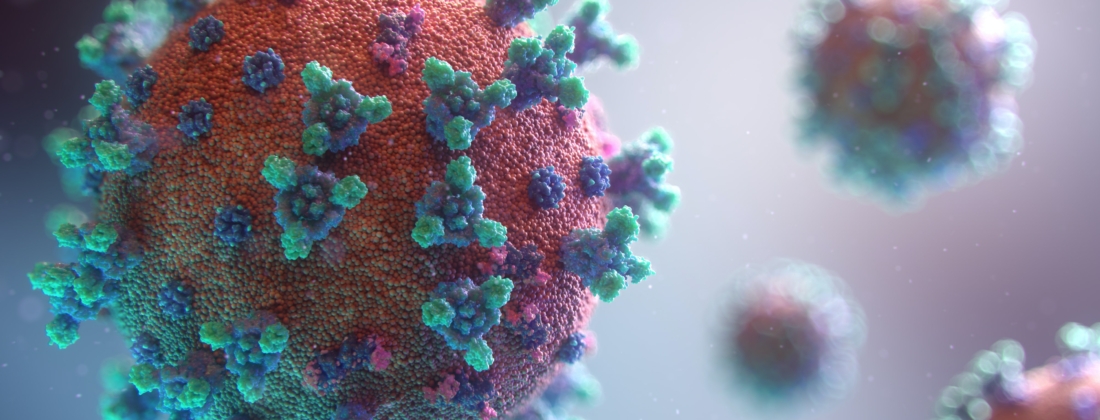with Dr Nick Pearce from SciLifeLab/Linköping University
Displacement parameters (B-factors) play a crucial role in macromolecular structure determination, yet are rarely used for biological interpretation. This is somewhat egregious, since these are the experimental parameters that account for the local flexibility of conformational states. The absence of approaches for extracting flexibility from experimental structures has meant this is largely left to computational approaches such as molecular dynamics. We have recently developed a new approach for extracting molecular, domain, secondary structure, and atomic motions from the disorder in macromolecular structures. This makes both large-scale molecular and small-scale atomic disorder intuitively understandable, and allows a widespread reinterpretation of experimental macromolecular structures.
We demonstrate the method by applying it to SARS-CoV-2 structures, where we characterize the flexibility of the binding site of the main protease, and clearly reveal the collective motions of the receptor binding domains of the spike glycoprotein that correspond to transitions from closed to open states. Lastly, we demonstrate how flexibility can link structure to function, through an analysis of the cryo-EM structure of STEAP4, an iron reductase. We find that analysis of experimental disorder points the way to closing the gap between the static structures of crystallography and cryo-electron microscopy, and the dynamic ensembles obtained from molecular dynamics simulations.
Illustration: Fusion Medical Animation, Unsplash
